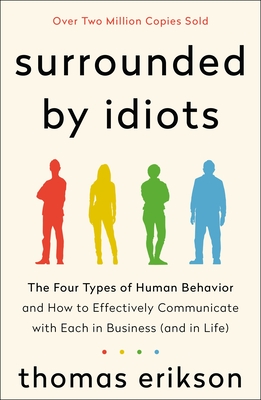More on this book
Community
Kindle Notes & Highlights
Read between
September 3 - September 16, 2020
Human behavior is, for the most part, complex and nebulous. In some cases, the people around us are idiotic. Understanding human behavior is a never-ending task, an endless pursuit to know the how, what, and why behind a person’s choices. It is both easy and dangerous to categorize someone who behaves differently from you as ignorant, wrong, or even thickheaded. Today’s world requires a more sophisticated understanding where you value a person for his or her strengths and weaknesses.
Everything you say to a person is filtered through his frames of reference, biases, and preconceived ideas.
By adjusting yourself to how other people want to be treated, you become more effective in your communication.
You help other people understand you by creating a secure arena for communication—on their terms.
Flexibility and the ability to interpret other people’s needs is what characterizes a good communicator.
“We see what we do, but we do not see why we do what we do. Thus, we assess and appraise each other through what we see that we do.”
Though individual actions can, of course, be right or wrong, there is really no pattern of behavior that is right or wrong. There is no such thing as proper behavior or incorrect behavior.
You are who you are, and there’s no point in wondering why. You’re fine no matter how you’re wired. No matter how you choose to behave, no matter how you are perceived, you are fine. Within reasonable limits, of course.
The stronger your self-understanding is, the greater your probability of adapting to the people around you.
BEHAVIOR = f (P × Sf) Behavior is a function of Personality and Surrounding factors. Behavior is that which we can observe. Personality is what we try to figure out. Surrounding factors are things that we have an influence on.
In a perfect world, we would have an equal number of each color. The Yellow comes up with a new idea, the Red makes the decision, the Green has to do all the work, and the Blue evaluates and makes sure that the results are excellent.
statistically speaking only about 5 percent of the population has just one color that shows in their behavior. Around 80 percent have two, and the rest have three.


